Beneath the stars: Winter camping
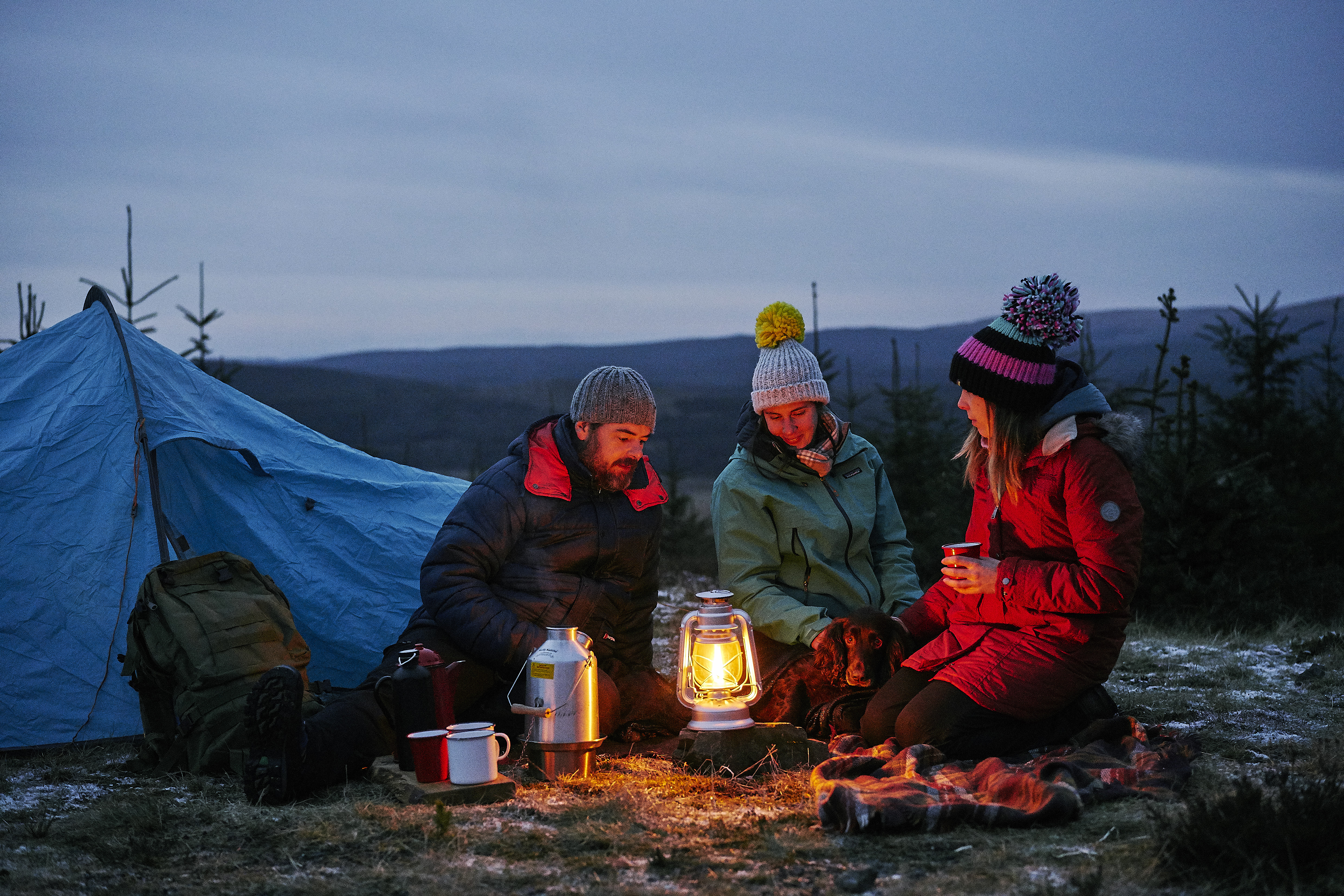
As winter nights begin to shorten, the season for camping is once again upon us. While cold temperatures certainly complicate a winter camping expedition, by no means do they rule it out! Beginners or those who have never camped outdoors may find the conditions challenging, but there's a lot to see and experience.
From the lack of midges, to frost-bound forests and snow-capped hills, to spectacular sunrises and sunsets, there are distinct advantages to visiting Scotland’s countryside in winter. Is there anything better than waking up in the wild on a crisp, cold morning and getting the kettle on the fire for a nice cup of tea?
If you feel experienced enough to brave the low temperatures, just make sure you stay safe and warm. We’ve put together some suggestions for what to bring along, and how to plan your expedition. Grab your gloves and lets go!
Where can I camp?
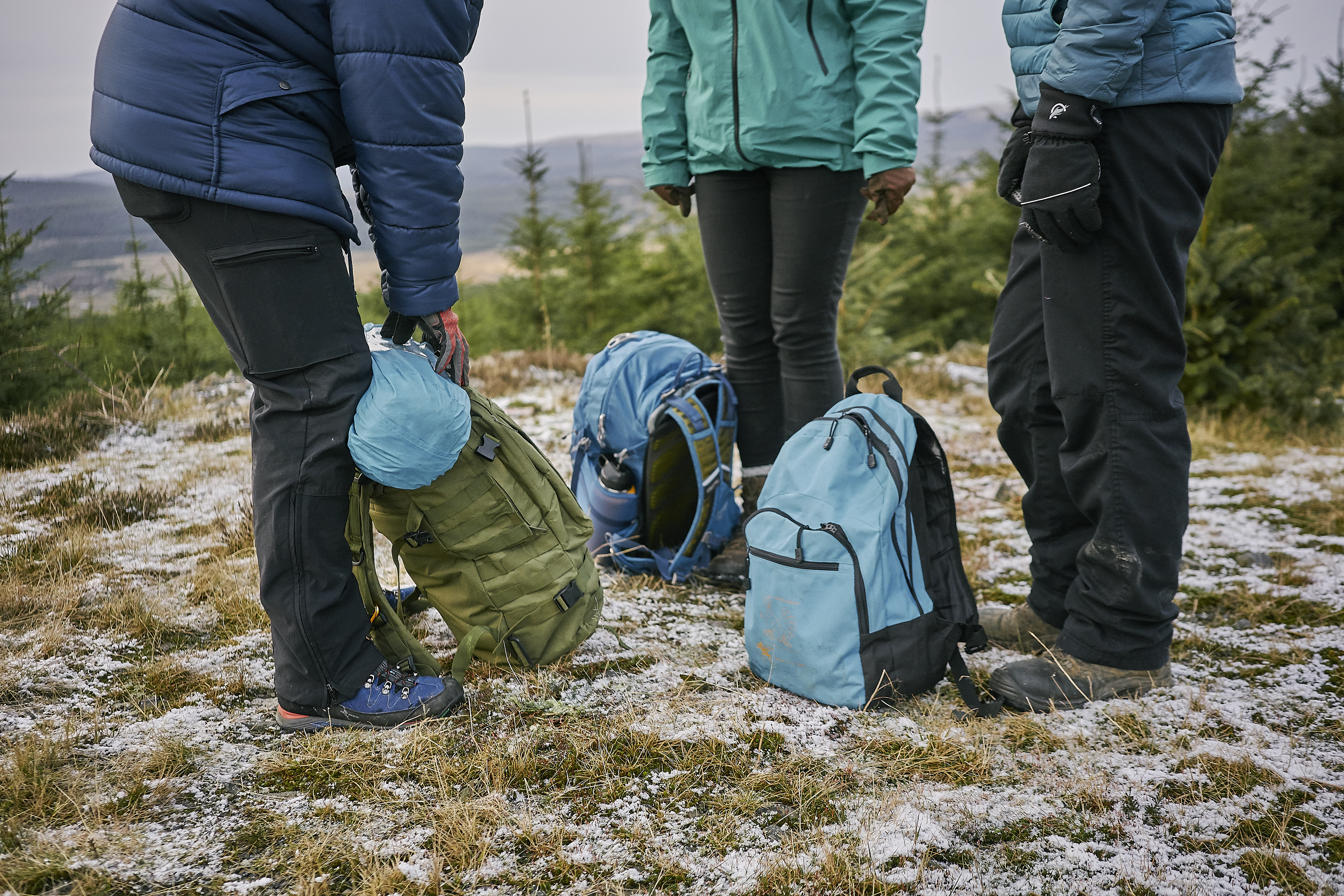
The best thing about camping in Scotland is arguably the lack of restrictions. The provisions in the Scottish Outdoor Access Code mean you can pitch your tent almost anywhere, within certain conditions (although certain regional and seasonal exceptions apply).
Consult the code before you plan your trip, as it is full of excellent advice, and guidance on camping responsibly, sustainably, and legally. In Scotland, camping outwith the bounds of a paid campsite is known as ‘wild camping’.
Here’s how SOAC defines it:
“This type of camping is lightweight, done in small numbers and only for two or three nights in any one place. You can camp in this way wherever access rights apply, but help to avoid causing problems for local people and land managers by not camping in enclosed fields of crops or farm animals and by keeping well away from buildings, roads or historic structures. Take extra care to avoid disturbing deer stalking or grouse shooting.
If you wish to camp close to a house or building, seek the owner's permission. Leave no trace by taking away all your litter, removing all traces of your tent pitch and of any open fire, and not causing any pollution.”
The best laid plans…
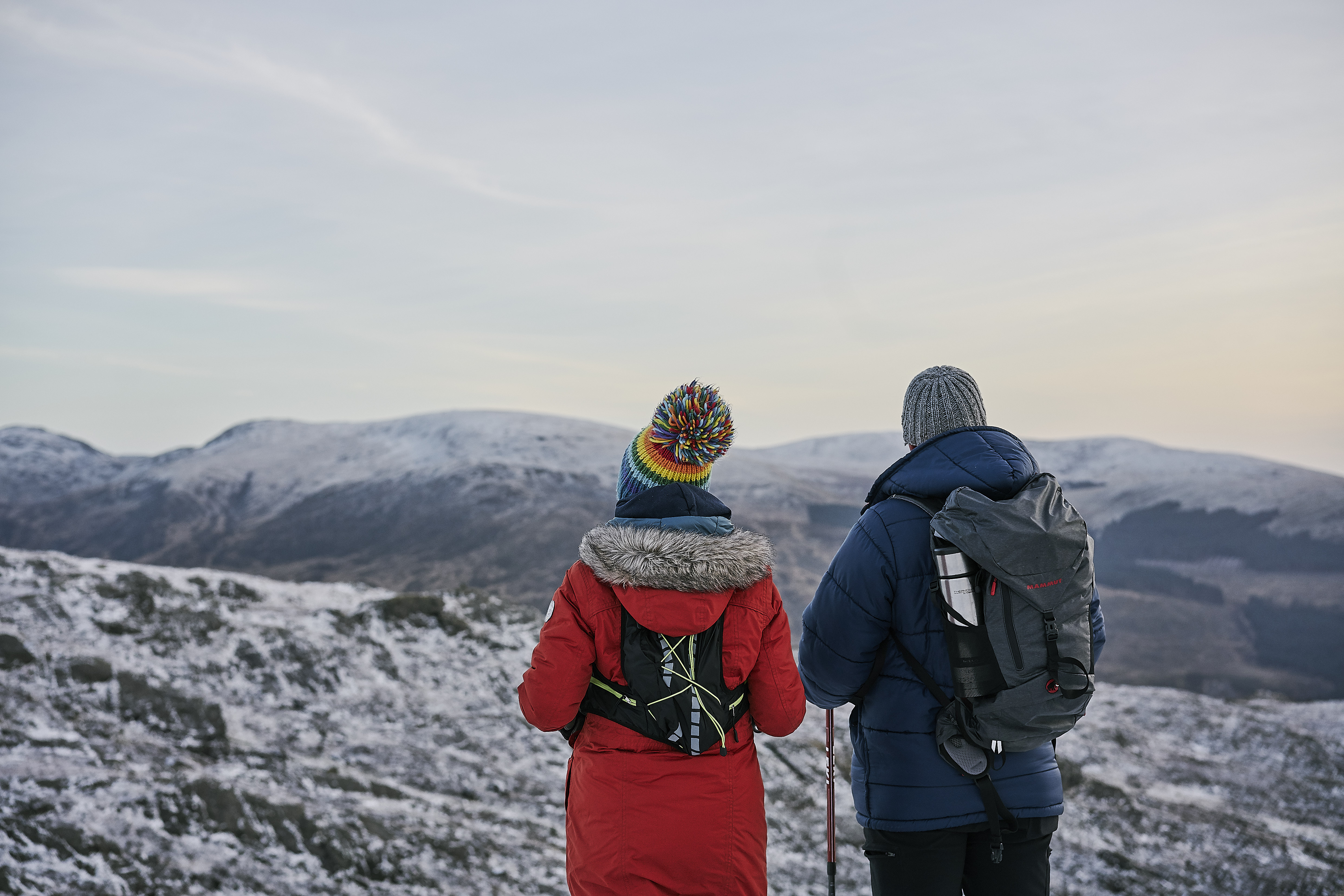
- Winter weather can be unpredictable. It’s never possible to be a hundred percent certain about rain or snow, but there are tools to help you plan. The website AccuWeather provides a detailed 7-day weather forecast, with extra information on things like air pressure and pollen count. XC Weather is popular with people planning trips in the Scottish Highlands, with less detailed predictions overall but very good local knowledge.
- Leave a copy of your itinerary with friends. Someone other than you should know as much as possible about where you are, what climbs or trails you are attempting, and where you plan to camp. That way, if anything goes wrong on your trip, even if you are out of mobile range, any potential rescuer will have a much better idea of where to find you.
- While winter camping can be done safely and sensibly, a great many people get stuck on the hills in Scotland each year, and have to be rescued. If you do get in trouble, and can use your mobile phone, contact Scottish Mountain Rescue on 01479 861370, or in an emergency, via 999.
- It’s also best not to travel alone in winter, as it’s much easier to get into trouble by yourself. When planning a winter trip, bring a buddy.
What to pack
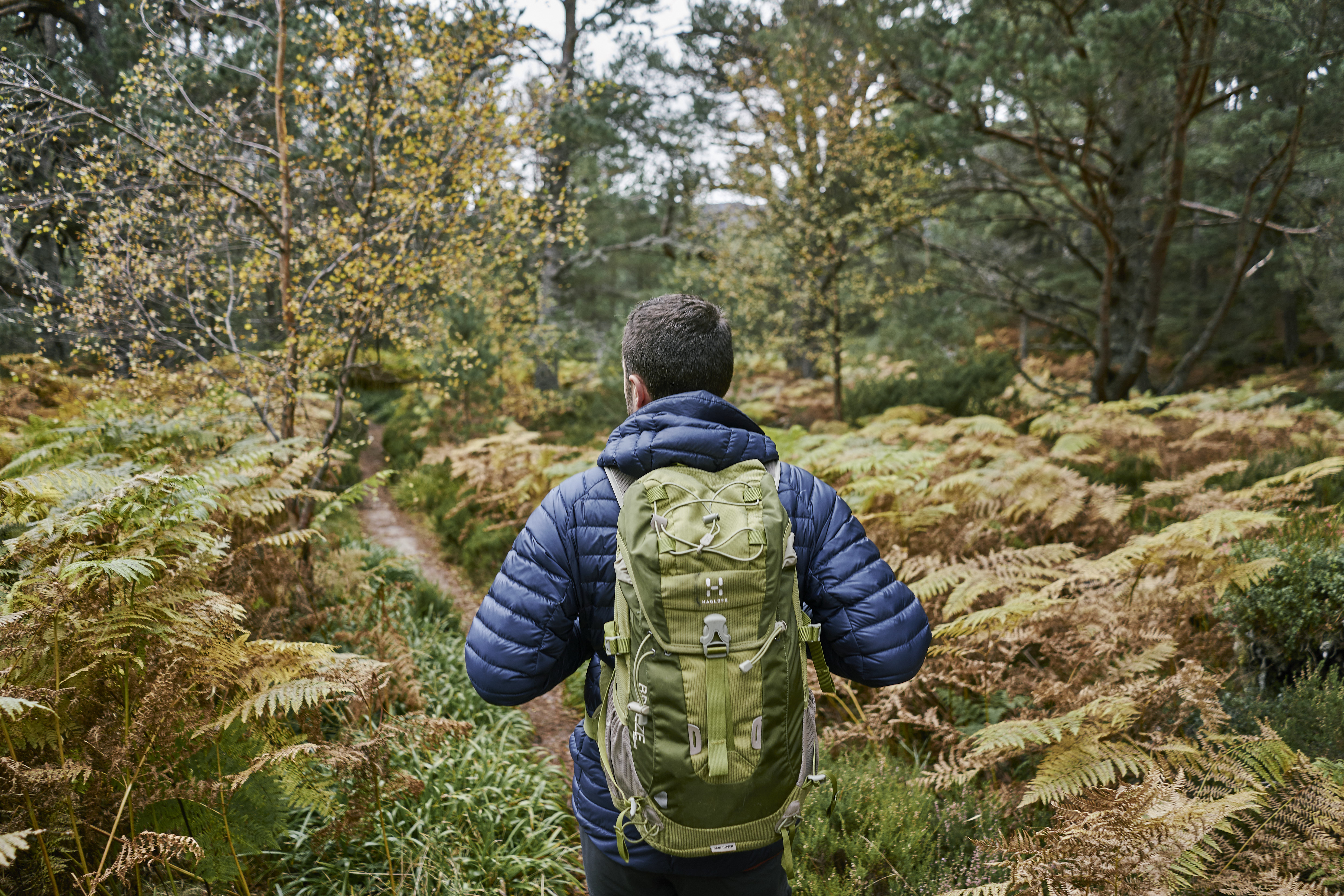
- Duct tape is the winter camper’s friend. With a good duct tape you can insulate fuel bottles, even against sub-zero conditions. You can repair broken tent poles, leaks and holes in shoes, or use as insulation on anything you don’t want to freeze through overnight.
- Bring a torch. Night falls fast in winter, and it is easy to get caught out. If you have room, an alternative such as a flare or glowstick is also a handy backup choice.
- Lithium batteries are an absolute essential. These work better in cold conditions than alkaline or NiMh batteries, so pack a few spares.
- Your rucksack is all important. Think big, but light. You need more equipment in the winter, and the pack has to be able to accommodate things like a snow shovel, stove, or an extra windbreaker without weighing you down too much.
Clothing
- The base layer is your second skin, and helps to trap warm air. Wool or synthetic materials should be your go-to choice. Multiple layers can be advisable in very cold weather.
- The mid layer provides insulation, so opt for heavy fleece if possible, with a gilet for added warmth. Don’t forget your legs will get cold too. Try lined trousers, or a pair of thermal tights. A lightweight layer containing down can help in extreme cold - think a gilet or a vest.
- The outer layers need to be well-sealed, and waterproof. Dry your jacket out before the trip, and hang it inside the tent at night if possible, to avoid the moisture inside freezing up.
- Double up on socks, and always bring a hat, gloves and a scarf.
- Check the terrain of your planned route and the local weather to predict what gear you might need. Will you need walking boots? Crampons, or other specialist equipment?
Sleeping bags
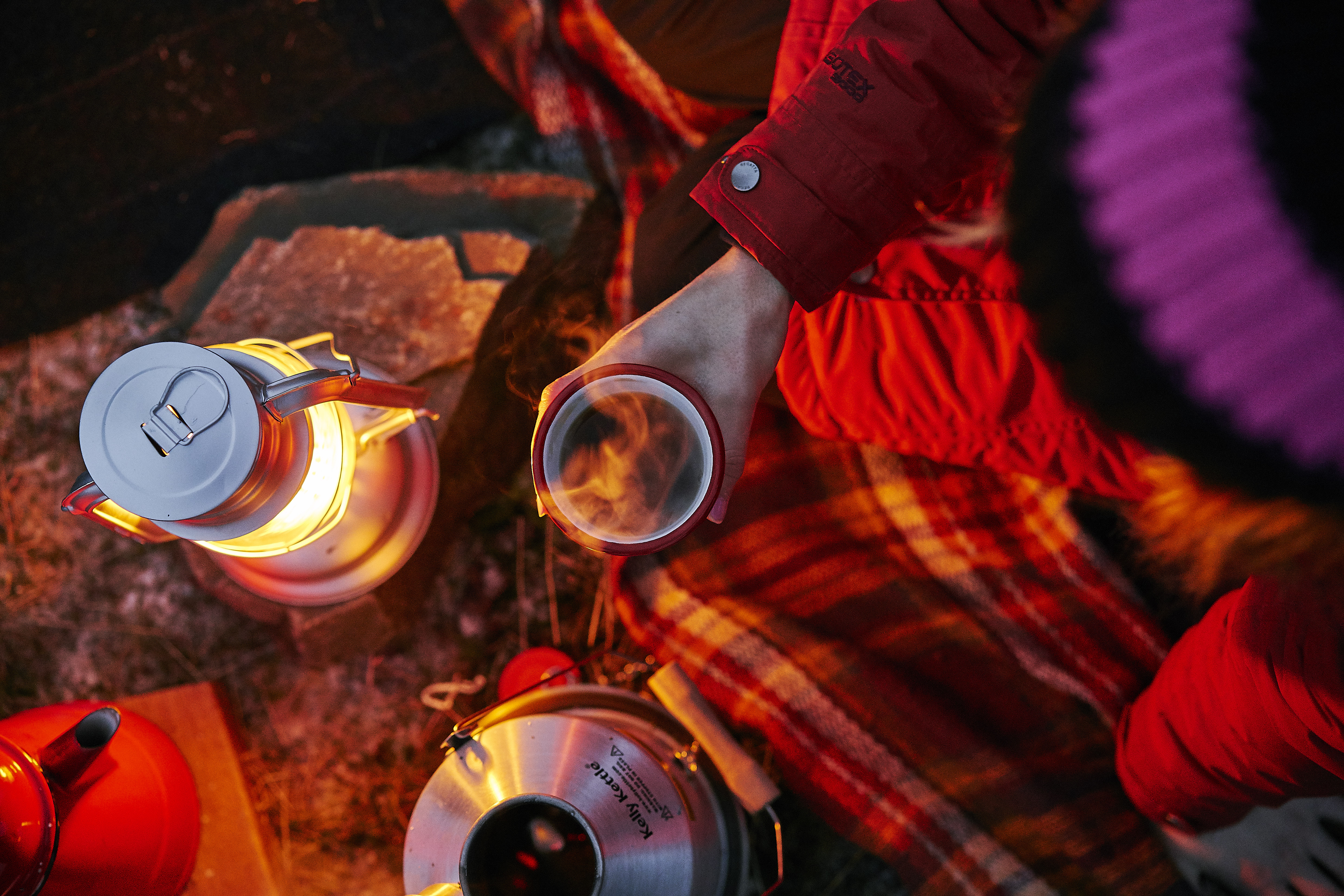
- One good tip for keeping your sleeping bag extra toasty is to stuff it with your clothes for the next day before climbing in to sleep, so they do not freeze or get cold. Don’t stuff too much, though, or it could flatten the insulation in the bag
- Trap air by shaking the sleeping bag before you get in. More air equals more warmth!
- Keep your face outside the sleeping bag. Moisture from your breath can decrease the insulating effect. Bring a hat or a balaclava just in case that end of you gets chilly!
- Use hand warmers, not hot water bottles. You don’t want to risk bursting a hot water bottle in your sleeping bag, and they are difficult to pack.
Tents
- Smaller is better. This may seem counterintuitive, but the bigger the tent, the more heat will dissipate, and the colder it will be.
- Vent the tent to avoid condensation, which could lead to icicles on the inside of your home-from-home. Best avoided!
- Pitch your tent before dark, as there’s nothing worse than fumbling with guy ropes in the gathering dusk. Check the times for sunset and sunrise at your intended destination.
- Get some wind cover if you can. Pitch wherever you can find some cover, from the side of a hill to the edge of a forest. Mountaineering Scotland have some great tent-pitching tips.
- Pack down snow before pitching your tent, as the depth of fallen snow can trick you into thinking a peg is secure when it’s not.
- Check for avalanches with the Scottish Avalanche Information Service. Extreme weather events like these can be fatal, so be prepared.
- Make sure you have a decent water supply. Don’t rely on streams or lakes, which could be frozen over, or could be potentially unsafe to drink.
- Falling trees and branches can be very dangerous, so in windy conditions, camping near forest can be risky. Be aware of weather conditions and pitch with this in mind.
- Make careful note of nearby landmarks if snow is heavy. More might fall overnight, and it’s easy to lose your bearings in whiteout conditions.
Beat the cold and damp
- Keep matches and/or a lighter dry inside metal containers. Pack extra! You never know when a lighter may run out, or a matchbox is near-empty, so play it safe. The ability to start a fire in the cold and damp is an essential asset.
- Bring a sleeping mat to insulate you from the temperature of the ground beneath your tent.
- Don’t sleep in all of your clothes! Your sleeping bag will warm up with your natural body heat, and if you step out of it fully clothed in the morning, all of it will dissipate. Layer up first thing, and keep everything zipped up.
More camping tips and tricks
That’s our checklist! You may have your own tips, tricks and life hacks for winter camping to add, so please feel free to make suggestions in the comments, or share them with us on Facebook and Twitter. We hope you have fun camping in Scotland’s beautiful countryside this winter.
Here are a few more links to handy resources and practical how-to guides, with some brilliant tips and tricks for wild camping in Scotland. Stay safe and warm!
- Find a forest with a campsite
- Tent tips from Mountaineering Scotland
- Wild camping at Visit Scotland
- Scottish Mountain Rescue